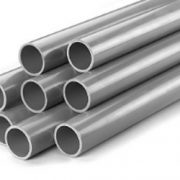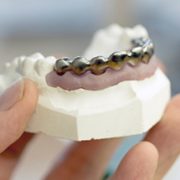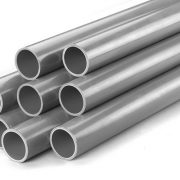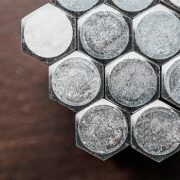A brief introduction of heat treatment for titanium and titanium alloy
Titanium and titanium alloy has a perfect strength and weight ratio, good toughness and corrosion resistance. Titanium alloy is mainly used for manufacturing aircraft engine compressor parts and structural parts of missile and high-speed aircraft. In the mid-1960s, titanium and its alloys were used in the general industry to make electrodes for the electrolytic industry, condensers for power stations, heaters for oil refining and desalination and environmental pollution control devices, as well as hydrogen storage materials and shape memory alloys.
At present, the annual production capacity of titanium alloy in the world has reached more than 40,000 tons, with nearly 30 kinds of titanium alloy grades. In heat processing, impurities such as hydrogen, oxygen, nitrogen and carbon are easily absorbed. Due to the poor processability, it is difficult and complex to cut and reprocess for Ti and its alloy. Annealing is implemented to eliminate internal stress, improve plasticity and produce an optimum combination of ductility, machinability, and dimensional and structural stability. The commonly used heat treatment methods of titanium alloy including full annealing, solution and aging treatment. In addition, double annealing, isothermal annealing, dehydrogenation treatment, deformation heat treatment and other metal heat treatment processes are adopted.
1 Full annealing
The annealing of titanium and titanium alloys serves primarily to increase fracture toughness, ductility at room temperature, dimensional and thermal stability, and creep resistance. Generally, the β and α+β alloy is fully annealed and used as the final heat treatment.
- The full annealing of α(alpha) titanium alloy is mainly recrystallization. The annealing temperature is usually selected in the alpha phase zone and in the (α+β)/β phase transus temperature between 120 ~ 200 ℃. If the temperature is too low, it will cause the incomplete recrystallization or oxidation and coarse grains if it’s too high.
- The full annealing temperature of the nearly dilated titanium alloy and the bestial titanium alloy was selected from the point of view of the first phase, and below the point of view of the second phase change of the first phase. In the annealing process, there are not only the tissue recrystallization, but also the changes in composition, quantity and shape of the α and β phases.
- β (Beta) Annealing. Beta annealing is done at temperatures above the β transus of the alloy being annealed. To prevent excessive grain growth, the temperature for β annealing should be only slightly higher than the β transus. Annealing times are dependent on section thickness and should be sufficient for complete transformation. Due to the fact that the maltitanium alloy can be strengthened by heat treatment and its strength is improved after annealing, it is actually a kind of solid solution treatment.
2 Stress Relief Annealing
In order to eliminate the internal stress generated during pressure processing, mechanical processing and welding, to prevent chemical erosion and reduce deformation in some corrosive environments. Titanium alloy should be stress relief annealing. The stress annealing temperature is less than the recrystallization temperature, generally for 450 ~ 650 ℃. The Solution time is respectively 0.25~4h for industrial pure titanium, 0.5 ~ 2h for mechanical parts, and 2 ~ 12h for welding parts, which are then cooled in the air.
3 Solution Treatment and Aging
In order to improve its strength, α and stable β phase titanium alloy cannot be subjected to intensive heat treatment. The solid solution and aging treatment are to rapidly cool down from the high-temperature area to produce a higher ratio of β phase. This partitioning of phases is maintained by quenching; on subsequent aging, decomposition of the unstable β phase occurs, providing high strength so as to strengthen the alloy.
4 Double annealing
Double annealing improves the plasticity and toughness of the two-phase alloy and stabilizes the microstructure. The first anneal temperature is higher than or close to the recrystallization temperature, so that the recrystallization process is fully carried out and then air cooled. Because the tissue is not stable enough after annealing, a second anneal is needed, which is then heated to a lower temperature before and kept for a long time, so that the optical phase is fully decomposed and aggregated to guarantee the stability of the tissue. double annealing can also be used for Gr5 titanium alloy.
5 Isothermal Annealing
It’s appropriate for α+β Ti alloy. Due to its high content of stable β phase, it is difficult to fully decompose when air cooled to obtain satisfactory softening effect with full annealing. Therefore, isothermal annealing is often adopted. Heated the titanium alloy to (alpha + beta)/beta phase transition point below 30 ~ 80 ℃ and then furnace cooling, or remove the artifact to lower than the transformation temperature of 300 ~ 400 ℃ isothermal a period of time, and then air cooling. Isothermal annealing can improve the titanium plate’s plasticity and thermal stability.
6 Dehydrogenation process
Dehydrogenation process aims to eliminate hydrogen embrittlement. Dehydrogenation is carried out in a vacuum furnace, where heat causes hydrogen to escape from the Ti alloy, also known as vacuum annealing. The annealing temperature is 540 ~ 760 ℃, holding time 2 ~ 4 h after air cooling, vacuum degree of vacuum furnace values are not greater than 1.33 Pa. Time and temperature combinations for solution treating are given in Table below.
| Grades | Heat treatment | Temperature /℃ | Solution time | Cooling code |
| CP titanium | Full Annealing | 630-815(sheet/plate/pipe) | 0.25-2h | air cooling or slowly air cooling |
| 630-815(bar/wire/forging) | 1-2h | |||
| Ti-5AL-2.5Sn/gr6 | Full Annealing | 700-850(plate) | 10min-2h | air cooling |
| 700-850(bar/forging) | 1-4h | air cooling/water cooling | ||
| Ti-0.2Pd/gr7 | Full Annealing | 650-760 | 6min-2h | air cooling/furnace cooling |
| Ti-0.3Mo-0.8Ni/gr12 | Full Annealing | 650-760 | 0.25-4h | Air cooling/ stepped cooling |
| Ti-6Al-4V | Full annealing | 700-850(plate) | 0.5-2h | Air cooling |
| 700-850(bar/forging) | 1-2h | Air cooling/water cooling | ||
| Ti-6.5AL-3.5Mo-1.5Zr-0.3Si/bt9 | double annealing | 950 | 1-2h | Air cooling to 530℃ |
| 530 | 6h | Air cooling |

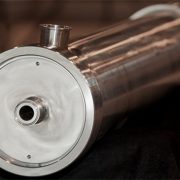

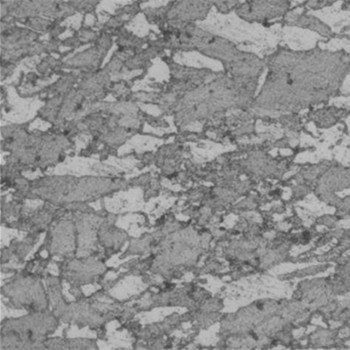
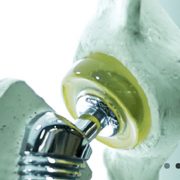
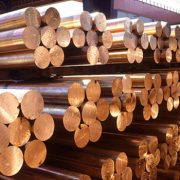
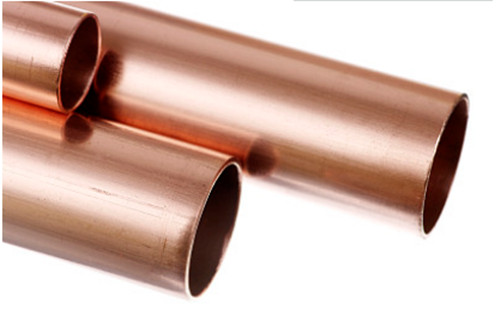
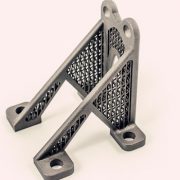
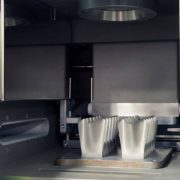
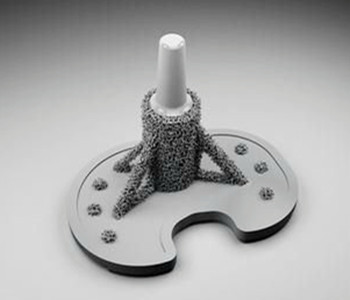
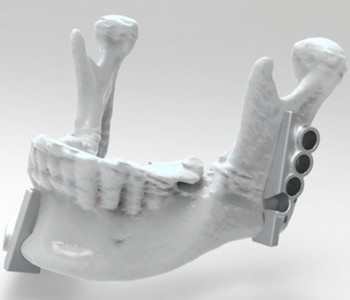 Titanium alloys have been widely used in aerospace, chemical industry, nuclear industry, sports equipment and medical devices due to their high temperature resistance, high corrosion resistance, high strength, low density and biocompatibility. Titanium alloy parts have been widely used in high-tech fields, such as F14, F15, F117, B2 and F22 military aircraft. The proportion of titanium used in a Boeing 747 aircraft is respectively 24%, 27%, 25%, 26% and 42%. However, the traditional forging and casting methods to produce large titanium alloy parts have many disadvantages, such as high cost, complex process, low material utilization rate and difficult follow-up processing, which hinder its wider application. Metal 3D printing technology can solve these problems fundamentally, so it has become a new technology for directly manufacturing titanium alloy parts in recent years.
Titanium alloys have been widely used in aerospace, chemical industry, nuclear industry, sports equipment and medical devices due to their high temperature resistance, high corrosion resistance, high strength, low density and biocompatibility. Titanium alloy parts have been widely used in high-tech fields, such as F14, F15, F117, B2 and F22 military aircraft. The proportion of titanium used in a Boeing 747 aircraft is respectively 24%, 27%, 25%, 26% and 42%. However, the traditional forging and casting methods to produce large titanium alloy parts have many disadvantages, such as high cost, complex process, low material utilization rate and difficult follow-up processing, which hinder its wider application. Metal 3D printing technology can solve these problems fundamentally, so it has become a new technology for directly manufacturing titanium alloy parts in recent years. High temperature alloy refers to the super steel alloy which with iron, nickel and cobalt as the base and can still long-term work in the high temperature of 600 ℃ or above and stress environment. It has high temperature strength, good resistance to corrosion resistance and oxidation resistance and good plasticity and toughness. At present, the alloys can be roughly divided into three categories: Fe based alloy, nickel based alloy and cobalt alloy.
High temperature alloy refers to the super steel alloy which with iron, nickel and cobalt as the base and can still long-term work in the high temperature of 600 ℃ or above and stress environment. It has high temperature strength, good resistance to corrosion resistance and oxidation resistance and good plasticity and toughness. At present, the alloys can be roughly divided into three categories: Fe based alloy, nickel based alloy and cobalt alloy.